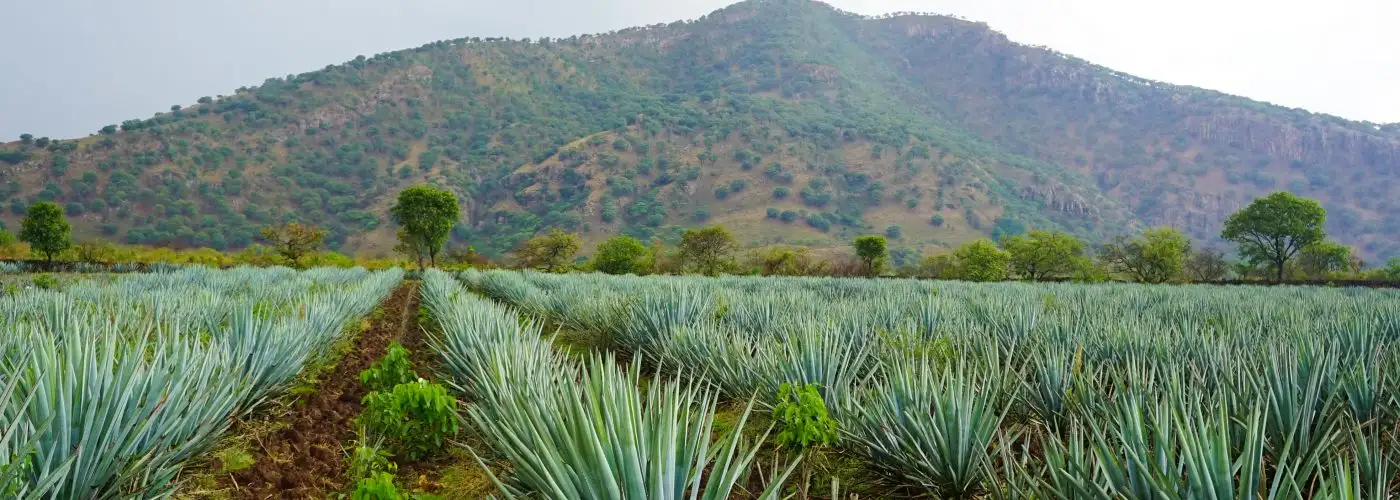In the news, it sometimes seems like Mexico is all about gun violence and spring-break foam parties, with precious little in between. But the country’s enduring popularity is a testament to its many charms. From food that’s recognized by UNESCO to natural wonders you simply can’t find anywhere else, Mexico remains a treasure trove for the world traveler. Here are 10 of the absolute best things to do and great places to experience it all.
Image Gallery
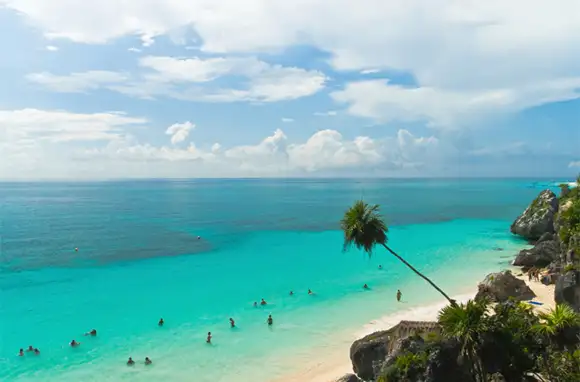
Beaches
For many, a tropical vacation requires nothing less and nothing more than a perfect beach. But perfection, like beauty, is in the eye of the beachgoer, and so even something as simple as the classic combination of sand and surf isn't a one-size-fits-all endeavor. With coastlines on the Caribbean, Pacific, and Sea of Cortez, Mexico offers many varieties of perfection: powdery sand beaches and rocky shores, crowd-free expanses and packed hot spots, and calm swimming bays and tantalizing surf breaks.
Relax: Celebrated for its white sand and warm, shallow water, Playa Norte on Isla Mujeres off the coast of Cancun earned the number-one spot on TripAdvisor's best beaches in Mexico list this year. Frommer's faves include Sayulita and Los Cabos. And U.S. News & World Report gives top marks to the beach below the ruins at Tulum.

Beaches
For many, a tropical vacation requires nothing less and nothing more than a perfect beach. But perfection, like beauty, is in the eye of the beachgoer, and so even something as simple as the classic combination of sand and surf isn't a one-size-fits-all endeavor. With coastlines on the Caribbean, Pacific, and Sea of Cortez, Mexico offers many varieties of perfection: powdery sand beaches and rocky shores, crowd-free expanses and packed hot spots, and calm swimming bays and tantalizing surf breaks.
Relax: Celebrated for its white sand and warm, shallow water, Playa Norte on Isla Mujeres off the coast of Cancun earned the number-one spot on TripAdvisor's best beaches in Mexico list this year. Frommer's faves include Sayulita and Los Cabos. And U.S. News & World Report gives top marks to the beach below the ruins at Tulum.
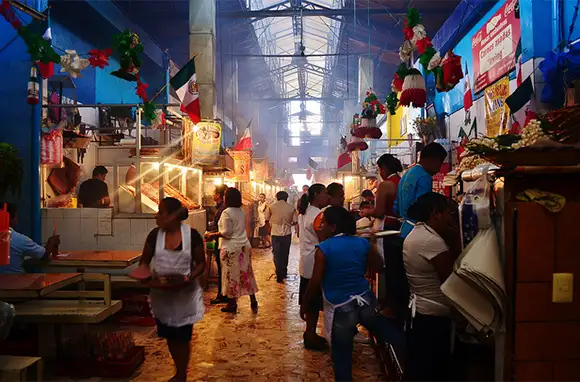
Food
When you eat in Mexico, you're not just fueling your body, you're savoring the very foundation of the culture. In 2010, Mexico's traditional cuisine was among the first foods that UNESCO recognized on its list of intangible cultural heritage. The designation paid tribute to the country's "elaborate and symbol-laden" food, and drew special attention to the Michoacan state for its efforts to make traditional cuisine a means of sustainable development.
Taste: Seek out the local specialties when you travel. Try carnitas in Morelia, Michoacan; mole in Oaxaca; tacos al pastor in Mexico City; and the spicy seafood soup chilpachole in Veracruz.
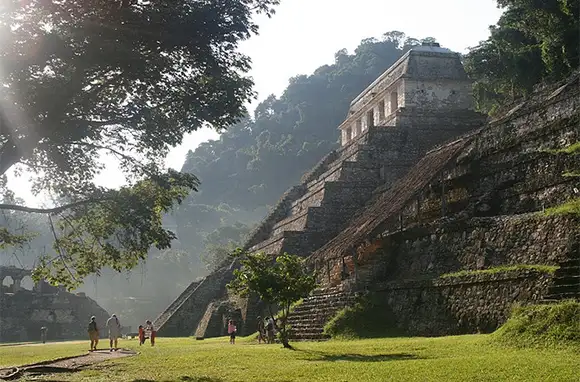
Archaeological Ruins
The term New World doesn't do justice to the ancient splendor of Mexico's Aztec and Maya ruins. You've got to see these massive, majestic lost cities—some of them thousands of years old—in person to appreciate their impressive, sometimes sinister grandeur. Since many have spent centuries preserved under a thick blanket of jungle, ongoing archaeological excavations create a surprising what's-old-is-new-again feeling, offering fresh reasons to visit every few years.
Visit: Head to Chichen Itza and Uxmal on the Yucatan Peninsula, Teotihuacan near Mexico City, and Tulum for its unbeatable setting on a cliff overlooking the turquoise Caribbean Sea.
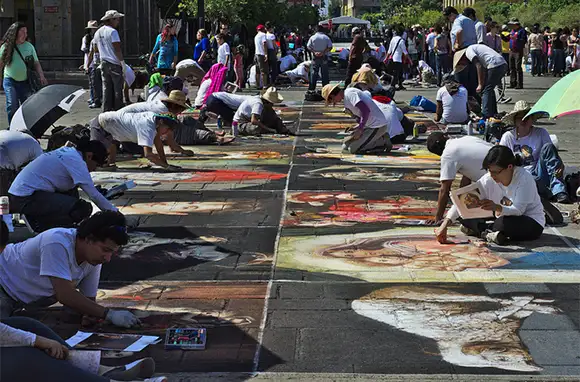
Art
From the stone carvings crowning Aztec pyramids to the vibrant folk art still produced today, art is woven into the very fabric of Mexico. You'll find it in equal measures in museums—where you can go to admire paintings and murals by famous Mexican artists including Frida Kahlo and Diego Rivera—street markets, galleries, and even wildly adorned cemeteries. But to really live and breathe the spirit of art, head to a destination known for nurturing and celebrating artists working today.
Visit: San Miguel de Allende, tucked high in the hills of Mexico's central highlands, is a UNESCO World Heritage of Humanity site. The colonial town draws an eclectic mix of artists and art aficionados from Mexico and around the world. For a more urban backdrop, head to Guadalajara. Mexico's second-largest city is known for its public art and thriving contemporary-art scene. For more art in Mexico, consider Todos Santos, Monterrey, or Puebla.
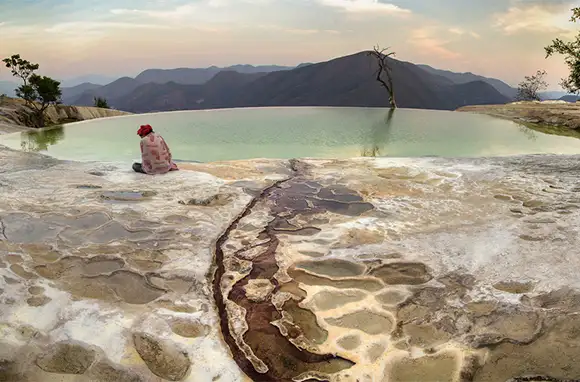
Natural Wonders
Canyons longer and deeper than the Grand Canyon. A volcano that rivals Kilimanjaro. The world's second-largest barrier reef. Mexico's greatest natural wonders may not all be world renowned, but in terms of sheer "wow" factor, they're right up there with the global greats. And the variety of ecosystems—from tundra to jungle and desert sands to beach dunes—makes it a unique destination ideal for travelers looking to see the world from on high as well as down low.
Discover: Named for the greenish-copper hue of its canyon walls, Copper Canyon in Chihuahua stretches for miles. In Veracruz, volcanic Mount Orizaba beckons climbers to its 16,000-foot peak. There are also plenty of smaller wonders, including Hierve el Agua natural rock formations in Oaxaca, pictured above.
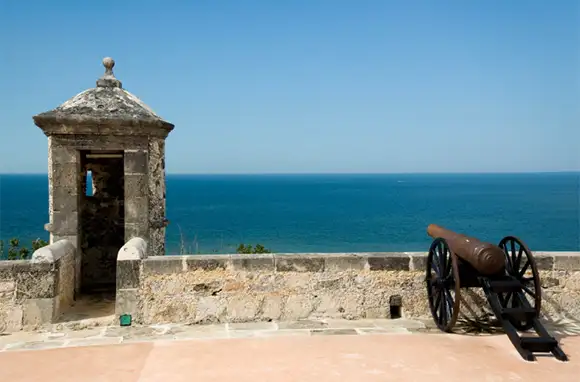
Heritage
Mexico is home to more than 30 sites—including 10 historical cities—on the UNESCO World Heritage list. Each represents a different chapter in the history of the land: Campeche is recognized for its city walls and colonial Baroque architecture; Oaxaca, with its historical center designed to resemble a checkerboard, and Mexico City in part for its chinampas, or floating gardens.
Wander: Other cities on the World Heritage register include Guanajuato, Morelia, Puebla, Queretaro, San Miguel de Allende, Tlacotalpan, and Zacatecas.
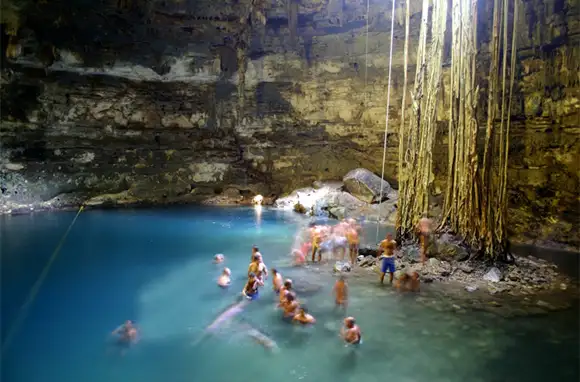
Adventure
With its mountains, volcanoes, canyons, and waters, there's plenty to challenge both adventure newbies and devoted enthusiasts. Here you can rappel among flitting swallows into a massive single-chamber cavern, perfect your backstroke next to a waterfall in a jungle cenote, or ride on horseback up a mountain and hang glide back down. Raft, climb, snorkel, and hike to find a Mexico that's a million miles away from the beachfront bars and all-inclusive resorts of beaten-path Mexico.
Explore: Visit Sotano de las Golondrinas (Cave of the Swallows), the Yucatan's many cenotes, and Valle de Bravo for climbing, riding, and hang gliding. VisitMexico has many more suggestions for adventurous travelers.
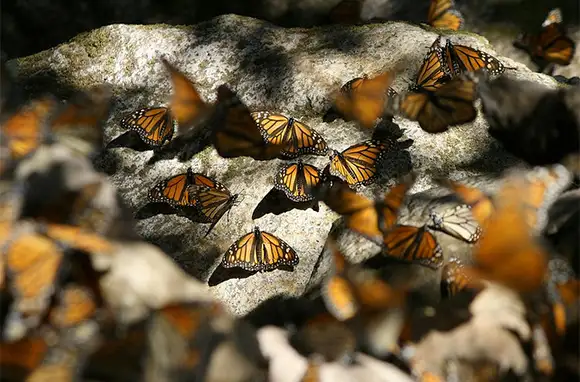
Wildlife
In Mexico, wildlife isn't a backdrop, it's a star attraction. Late October brings up to a billion monarch butterflies descend on the mountains of Michoacan for a winter vacation far from the cold. The Sea of Cortez—that body of water between mainland Mexico and the Baja California Peninsula—is so abundant in marine life that Jacques Cousteau called it the "world's aquarium." Such abundance ensures good odds for travelers looking for a chance to see wildlife in its natural environment.
Spot: The Sea of Cortez is home to species representing one-third of the planet's marine mammals. And the Monarch Butterfly Biosphere Reserve in Michoacan is a 200-square-mile protected area that plays host to the migrating butterflies between fall and spring each year.
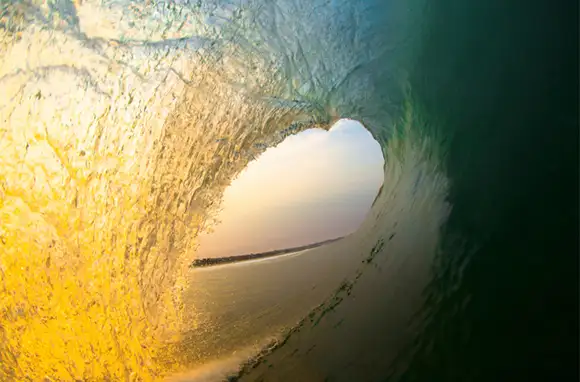
Water Sports
Mexico looks to the sea. Its nearly 6,000 miles of coast offers an inviting playground for surfers, sailors, swimmers, snorkelers, and sport fishers. With three major bodies of water from which to choose—the azure Caribbean, unrestrained Pacific, and rich, warm Sea of Cortez—you can find ideal conditions for every water sport.
Splash: Puerto Escondido, Punta Mita, and Sayulita are among the country's favorite surf spots. Snorkelers and divers can explore the world's second-largest barrier reef (which Mexico shares with neighboring Belize) on the Riviera Maya. Sport fishing rules in destinations including Puerto Vallarta, Los Cabos, and Mazatlan.
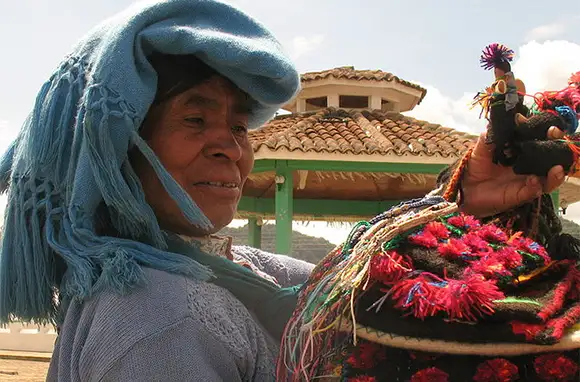
Culture
Before the Spanish Conquest in the 16th century, the land that would become Mexico was home to hundreds of indigenous nations. And while colonization changed nearly everything in the ensuing 500 years, Mexico's first natives remain a defining force in the country, making up about 10 percent of the population. The largest pockets of indigenous culture and language thrive in the states of Oaxaca, Veracruz, Chiapas, and Puebla.
Learn: In Chiapas, explore Maya traditions in San Cristobal de las Casas and Tzotzil culture in San Juan Chamula.
A Note on Safety: In its January 2014 travel warning for Mexico, The State Department points out that millions of visitors safely visit Mexico each year and that the Mexican government dedicates "substantial resources" to protecting visitors. Violent activity is mostly centered in the border region, but you can find a breakdown of visitor advisories by state in the travel warning. Visitors are encouraged to maintain low profiles (avoiding flashy jewelry and clothing with U.S. sports or military logos) and maintain awareness of their surroundings.
You Might Also Like:
We hand-pick everything we recommend and select items through testing and reviews. Some products are sent to us free of charge with no incentive to offer a favorable review. We offer our unbiased opinions and do not accept compensation to review products. All items are in stock and prices are accurate at the time of publication. If you buy something through our links, we may earn a commission.
Related
Top Fares From Columbus, OH
Today's Top Travel Deals
Brought to you by ShermansTravel
Shop and Save with Country Inns...
Patricia Magaña
 Hotel & Lodging Deals
Hotel & Lodging Deals
$229 -- Chicago: Discounted Rates and...
Francesca Miele
 Hotel & Lodging Deals
$229+
Hotel & Lodging Deals
$229+
$188 -- Honolulu: Save on Oceanview...
Abigail Lamay
 Hotel & Lodging Deals
$188+
Hotel & Lodging Deals
$188+
